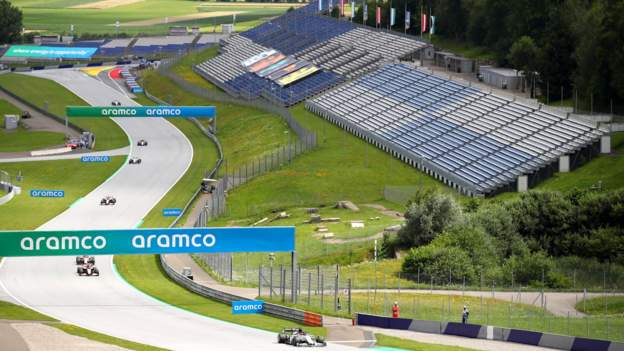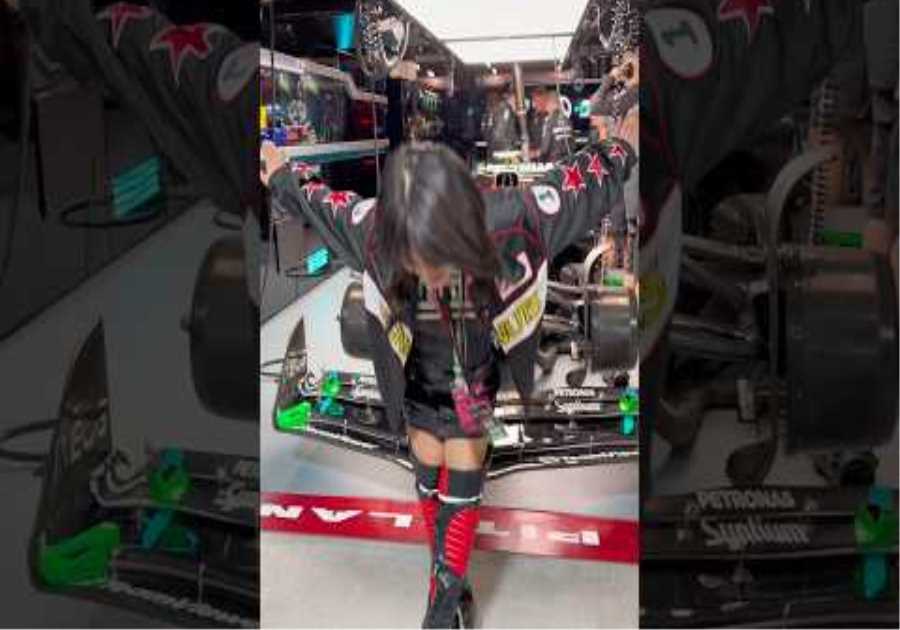
The first two races of last season took place at the Austrian Red Bull Ring
The Turkish Grand Prix was canceled just two weeks after it was added to the Formula 1 calendar and replaced by a second race in Austria.
But Turkey is now inoperable after being placed on the UK’s Red List of High Risk Countries.
Instead, the Styrian Grand Prix will take place from June 25th to 27th at the Red Bull Ring.
This date was originally scheduled for the French Grand Prix, which had now been postponed to June 18-20 a week earlier.
The move means that there will now be races on three consecutive weekends – the French Grand Prix at Paul Ricard, followed by the Styrian Grand Prix and the Austrian Grand Prix, both on the same track.
F1 President Stefano Domenicali said: “We have all been looking forward to races in Turkey, but the existing travel restrictions mean that we cannot be there in June.”
“F1 has shown once again that it can react quickly to developments and find solutions. We are delighted that we will have a double header in Austria, which means that our season will remain with 23 races.”
F1 has a number of protocols designed to minimize the risk of spreading Covid-19 and claims to have run 17,000 tests with only 15 positive cases this year, a rate of 0.1%. It is said that it will “continue to work to protect the safety of our staff and the communities we visit”.
A number of F1 insiders had hoped the sport’s owner, Liberty Media, wouldn’t replace Turkey with another event.
Teams are already finding the combination of a planned record schedule for 23 races and staff movement restrictions when they return to the UK stressful.
Some high-profile figures believe that keeping the number of races this high is not necessary if the sport has never had such a long season before.
However, F1 makes sense to keep the number of races planned for the first half of the year as they have concerns about the profitability of a number of races in the late season.
There are uncertainties surrounding the Singapore, Japan, USA, Mexico, Brazil and Australia Grand Prix for a variety of reasons.
These races currently encompass the sport’s full schedule for October and November.
There are financial implications that affect both sponsors and broadcasters that would affect F1’s finances – and the prize money paid to teams over the next year – if the number of races fell too low.
Brazil and Mexico are of concern as the scale of the pandemic in these countries may make F1 feel like it is not justified to go there.
Doubts about Singapore, Japan, the United States, and Australia have more to do with travel restrictions imposed by these countries on foreign visitors.
The calendar reshuffle means that former F1 driver Romain Grosjean can no longer do his job Demonstration run in a Mercedes F1 car at the French Grand Prix as it clashes with the Indycar race at Road America in Wisconsin this weekend.
However, Grosjean’s test in Lewis Hamilton’s 2020 car is set to take place on June 29 at Paul Ricard’s.








